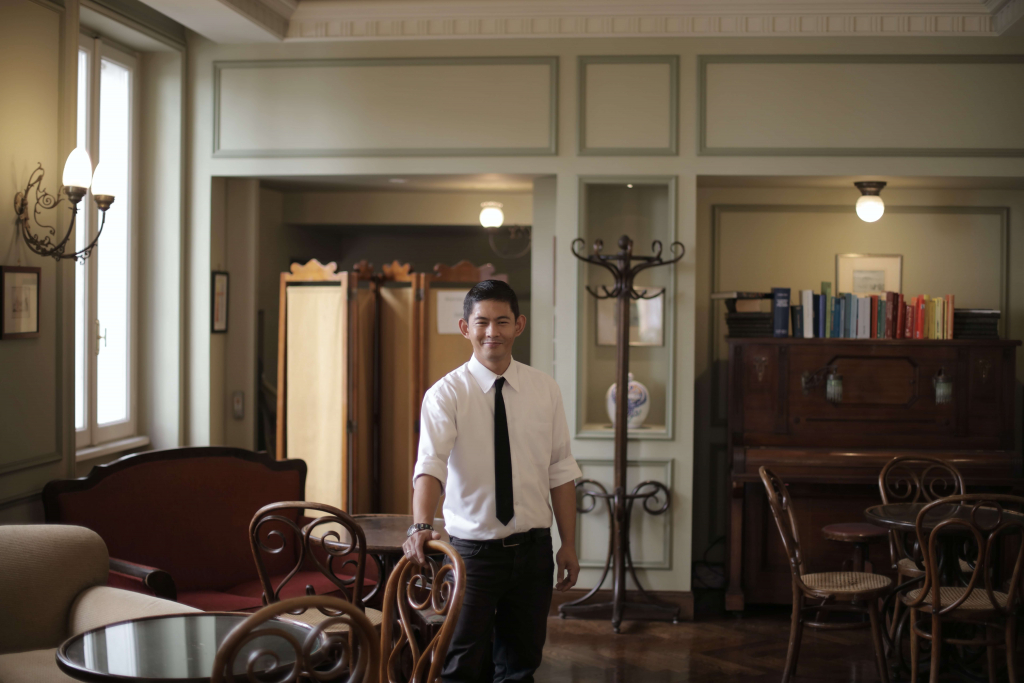Since the number of coronavirus cases still continually rises, we are all expected to minimize physical contact with other people and observe social distancing measures.
This may be challenging especially for businesses that involve interacting with clients such as those in the rental housing industry.
The business activity conducted by landlords or rental agents that require a lot of human interaction is property tours with potential tenants.
Good thing technology can now be utilized to make open houses virtual, through the help of video conferencing applications.
Since conducting virtual open houses is a relatively new way of marketing properties, it is important to understand the basics of what to do and how to start.

Before the virtual open house:
Download a video streaming application of your choice. One of the popular options is the Zoom app. Make sure you familiarize yourself with how to navigate through the app.
Make sure your audio, video, and internet are working perfectly. You don’t want your clients to miss certain details in your virtual open house just because your camera starts acting out or you have a poor connection.

Advertise your open house. Start by publishing your listing on Padleads then syndicate it to different rental websites. Once clients reach out to you, give them the schedule of your virtual open houses and the details on how they can join. You can also announce the schedule on your social media or online newsletters.
Gather the contact information of interested clients so you can send them a reminder one day and one hour before the virtual open house. This is to make sure that they won’t miss it. You would also need this contact information to follow up on them after the tour.
During the virtual open house:
Greet people as they enter the video conference. Start with a bit of small talk about how their day is going so you can break the ice. Let them know if they have to wait for a few more minutes for other attendees. This is also a good time to check if they can see and hear you properly.

Show the client different areas of the property starting from the entrance. This way, you can create an illusion that they are being welcomed into the property, then move around the different areas as you would in an actual open house.
Spare no detail. Make sure that you would show all the features, amenities, furniture, and appliances in the property. Be very thorough so that they won’t have any doubts that there is something you are not showing them. Allot some time for you to answer their questions.

End the tour by thanking them for their time and letting them know that your communication lines are open. Should they have concerns that they want to discuss privately, you can have a one-on-one conversation. They may also want to request for a private virtual tour or a face-to-face walkthrough. The latter may post some health risks, but there are health measures you can put in place.
Lastly, follow up on the other attendees. Ask them what they thought of the virtual open house and the property itself. Even if they won’t push through with renting your place, their feedback is still valuable because you will be aware on what to improve and what you can keep doing.